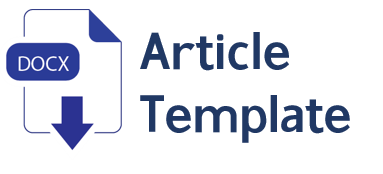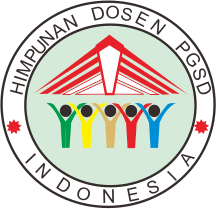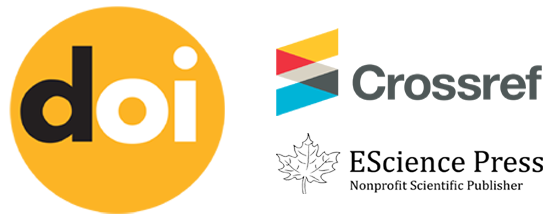Improving The Learning Outcomes Of The Community Through The Application Of Media Charts
Abstract
Keywords
Full Text:
PDFReferences
Depdiknas, 2007, Pedoman Pembelajaran Tuntas, Direktorat Manajemen Pendidikan Dasar dan Menengah Direktorat Pembina SMP, Jakarta.
Depdiknas, 2002, Penyusunan Butir Soal dan Instrumen Penilaian, Dirjen Pendidikan Dasar Dan Menengah.
Dimyati dan Mudjiono.(1999).Belajar dan Pembelajaran.Jakarta: PT. Rineka Cipta.
Kunandar, 2007, Langkah Mudah Penelitian Tindakan Kelas Sebagai Pengembangan Profesional Guru, Rajagrafindo, Jakarta.
Sudjana, Nana (2010). Penilaian Hasil Proses Belajar Mengajar.Bandung :
Remaja Rodaskarya Offset
Sudjana, 2006, Penilaian Hasil Proses Belajar Mengajar, Remaja Rosdakarya, Bandung
Suprijono, Agus. (2009). Cooperative Learning. Yogyakarta: Pustaka pelajar.
Uno, Hamzah B. (2011). Model Pembelajaran, Menciptakan Proses Belajar Mengajar Yang Kreatif dan Efektif. Jakarta: Bumi Aksara.
Undang-undang Nomor 20 Tahun 2003 Tentang Sistem Pendidikan Nasional.
Wena, Made. (2011). Strategi Pembelajaran Inovatif Kontemporer. Jakarta: Bumi Aksara.
DOI: https://doi.org/10.30596/ejoes.v3i1.9859
Refbacks
- There are currently no refbacks.
(EJOES) Educational Journal of Elementary School
Department of Elementary School Teacher Educational, University of Muhammadiya Sumatera UtaraKampus 1 FKIP UMSU
Jl. Kapten Muchtar Basri No.3, Glugur Darat II,Medan
Sumatera Utara-20238
E-mail: ejoes@umsu.ac.id

Educational Journal of Elementary School (EJoES) is licensed under a Creative Commons Attribution-ShareAlike 4.0 International License








